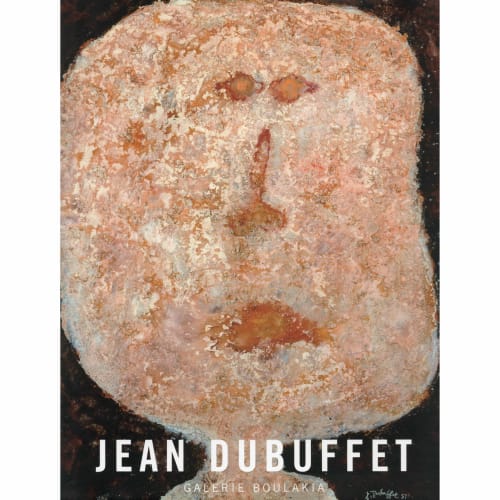The mind's greatest game
What has always given Jean Dubuffet's work its very special tone, from the outset, the fact that it banishes all norms, refuses all conventions, even the most avant-garde tenets of painting. Take the series entitled Marionettes of the city and the country: the aggressive audacity of his drawing, whose deliberate awkwardness was reminiscent of childhood's ingenuous solutions to representational changes, signalled a script which obviously no longer owed anything to Cubism, at a time (the years right after the war) when Cubism was the seminal idea shaping all efforts to strike out in new directions. Some critics, following Clement Greenberg's example, tried to make up for this lack of filiation by emphasizing the supposed link between Dubuffet's work and Paul Klee's; but they were forgetting that the 'link' was actually simply a matter of each one's paying equal attention to the spontaneity of children's drawings and that their shared interest in it could sometimes produce similar effects. The poetic dimension of Klee's work, the allusive nature of his strokes contrasted with the rawness of Dubuffet's colours and the materiality of his artistic statements.
'Art,' wrote Dubuffet, 'should arise from the materials used. Spirituality should use the language of those materials. Each material has its own language. Each one is a language.'
Similarly, while Klee, the Weimar professor, conveyed a concern with theory, Dubuffet preferred the excessiveness of the most primitive works, labelling them art brut; even when they were the products of psycho-pathological states, he found that such works fulfilled a 'single function: inventiveness, and not the chameleon function or the ape function that are constants in cultural art.'
(continued)
